How many generations of the computer?A computer is an electronic machine that operates information; it accepts raw data as an input and provides a meaningful result after processing. It can be used to edit or create spreadsheets, presentations, type documents, browse the Web, play games, send an email, and more. The generation of computers is based on when major technological changes occur within the computer, like the employment of the microprocessor, vacuum tubes, and transistors. The primary generation of this complex system began about 1940, and there are five generations of the computer till 2020. First-generation (1940 - 1956)The first electronic computer used vacuum tubes as a serious piece of technology that was ENIAC, which stands for Electronic Numeric Integrated And Calculator, invented by J.W.Mauchy and J.P.Eckert. From 1940 through 1956, vacuum tubes were widely employed in computers. The first-generation computers were very large in size and took up much space in the room because vacuum tubes were larger components used in the computers. Even some of the first-generation computers were such large in size; they took up an entire room. It weighed more than 30 tons and included 70,000 resistors, 10,000 capacitors, additionally as approximately 20,000 vacuum tubes. The below picture is of the vacuum tubes. Some samples of the primary generation of computers are given below:
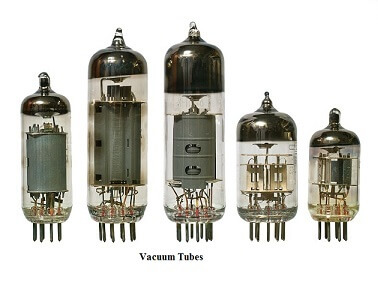
Advantages of the first-generation computer
Disadvantages of the first-generation computer
Second generation (1956 - 1963)Instead of vacuum tubes, the second generation of computers was supported transistors. From 1956 through 1963, transistors were widely utilized within the second generation of computers. As compared to the primary generation of computers, these computers were small in size because they used transistors in these generations of computers that were smaller than vacuum tubes. Also, in terms of speed, the second generation of computers was faster. And they were cheaper to create. In 1956, computer TX-0 was introduced, which was the primary computer that used transistors. Some samples of the second generation of computers are given below:
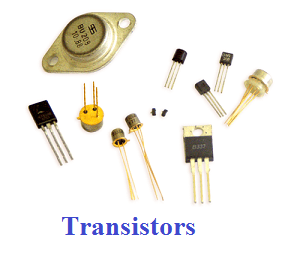
Advantages of the second generation of computers
Disadvantages of the second generation of computers
Third generation (1964 - 1971)The third generation of computers was supported Integrated circuits. In 1958-1959, Jack Kilby and Robert Noyce invented the IC (Integrated circuit), which was a signal component that could have a number of transistors. The utilization of Integrated circuits within the computers made them faster and helped reduce the scale of computers as compared to second-generation computers. In the mid to late 1960s, almost all computers have used Integrated circuits. Although many people considered the time period of the third-generation computer is from 1964 to 1971. Today's computers are still using Integrated circuits. Below, some examples of the third generation of computers are given:
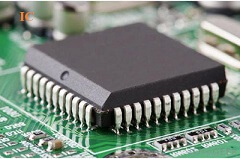
Advantages of the third generation of computers
Disadvantages of the third generation of computers
Fourth generation (1972 - 2010)The Microprocessor, commonly called a CPU (Central Processing Unit), was used by the fourth generation of computers. A microprocessor is used in a computer that led to makes a computer more powerful and small in size as well as fits easily on a desk. Also, microprocessors, along with integrated circuits, helped to introduce the laptop. For providing users more comfort, GUI (Graphics User Interface) technology was exploited. The IBM 5100, Altair 8800, Micral, and some others are older computers that used a microprocessor. Although the fourth generation is considered to have ended in 2010, in modern times, the microprocessor is still in use in computers. The below is of the microprocessor. Some examples of the fourth-generation computers are given below:
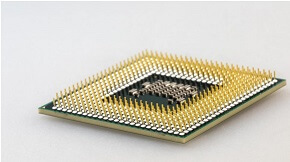
Advantages of the fourth generation of computers
Disadvantages of the fourth generation of computers
Fifth-generation (2010 to present)The fifth generation of computers is predicated on artificial intelligence. AI is an advanced technology that contains various possible applications all over the world. The primary purpose of this generation of computers is to make a device more capable of self-organization and learning, including could respond to natural language input. The ten million electronic components have consisted of the production of a microprocessor as this generation is based on Ultra Large-Scale Integration (ULSI). Although AI made computers more powerful, there is still a need for some improvement in the computer. IBM's Watson is a common example of computers used AI, which was featured as a contestant on the TV show Jeopardy.Microsoft's Cortana on Windows 8 and Windows 10 computers and. Apple's Siri on the iPhone are some other examples of computers that used AI. Furthermore, AI is also used in a search engine like Google to process user searches. Some more examples are:
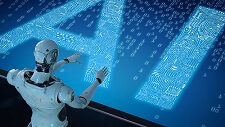
Advantages of the fifth generation of computers
Disadvantages of the fifth generation of computers
How can be defined as the term generation?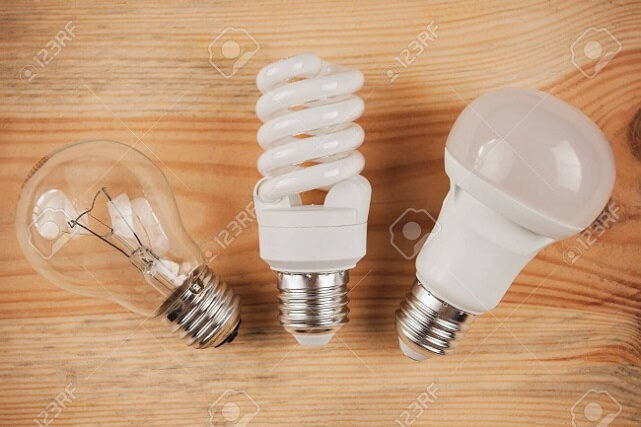
The term "generation" means that the new components and computers are released with the latest technology. For instance, the two different generations of computer processors are the Intel Pentium and Intel Pentium II, are both IBM compatible processor. The Apple II and ENIAC are another example of generations of computers. The updated generation may include the latest feature and capabilities that make devices more appropriate as compared to previous generations or make previous generations incompatible or obsolete.
Next TopicMinicomputer
|
 For Videos Join Our Youtube Channel: Join Now
For Videos Join Our Youtube Channel: Join Now
Feedback
- Send your Feedback to [email protected]
Help Others, Please Share










